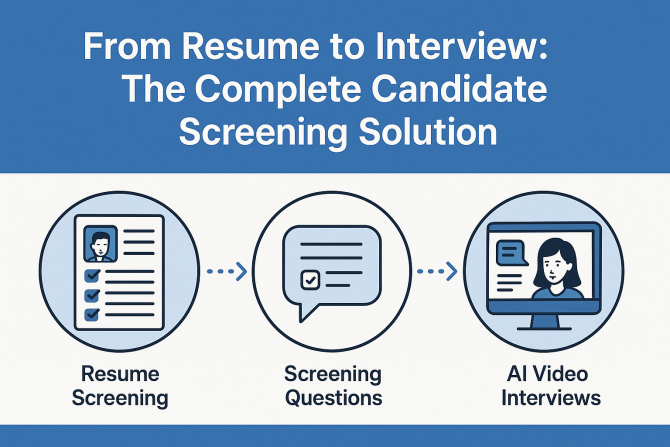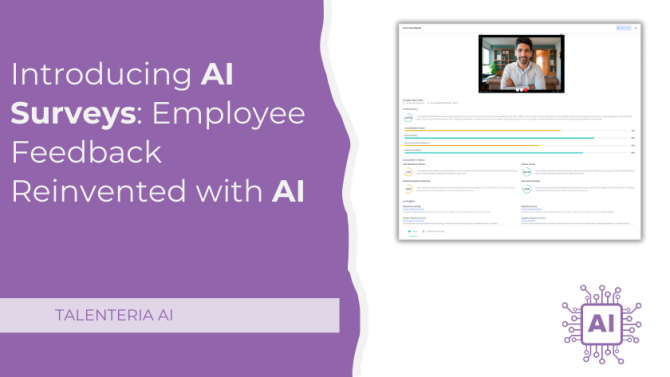
Diversity training is provided to make participants more aware of workplace diversity concerns and their own views on diversification. A well-prepared training program will equip your employees with knowledge that will help them communicate, cooperate, and work more closely with diverse individuals. But when did this idea first emerge, and what exactly does diversity training entail? How do you prepare a team to work in a diverse environment? Is there a variety of diversity training available? Let's get to work on answering these questions.
What Is Diversity Training?
Most organizations do diversity training in order to draw attention to multicultural problems and improve team cohesion. It is largely a part of succession planning that encourages unity and a fair balance of power for everybody, resulting in teamwork. The goal of diversity training programs is to promote constructive intergroup contact, eliminate prejudice and discrimination, and teach employees to work together effectively despite differences.
Diversity training has various business benefits, including enhanced cooperation and relationship skills, protection against discrimination laws breaches (thus lowering the firm's risk profile), and enabling underrepresented groups to feel more secure and respected in the workplace.
When Did Diversity Training Programs Start?
As a result of the civil rights movement, diversity training began in the 1960s. This paved the way for black and white equality in the workplace, as well as anything else that involved teams collaborating, such as sporting events. The film "Remember the Titans" is inspired by the historical account of Herman Boone, an African-American football coach in the early 1970s.
Later gender diversity education began in the 1970s and 1980s. Then in the 1990s, diversity education in the United States shifted to an emphasis on other identity groups' hurdles to inclusion, such as differences in ability, class, ethnicity, religion, sexuality, and other worldviews began to emerge.
Furthermore, individuals differ in terms of personality traits such as introversion or extroversion, views, values, family history, and risk-taking readiness. Therefore, it is critical for businesses to consider all of these factors when forming workgroups. A team without any members willing to take chances would not be an ideal team, nor would a team with all members eager to take risks to be progressive. An effective team will have a good mix of both sorts of people.
Are There Different Kinds of Diversity Training?
There are two types of diversity training available:
1. Awareness-Based Training
Awareness training is intended to raise workers to be more visible, respected, and appreciated in the workplace. Employees will be more conscious of others as a result of diversity and inclusion programs and will then improve problem-solving and innovation skills. Additionally, the abilities acquired throughout training will enable the individual to take proactive positions in an evolving and dynamic landscape.
2. Skill-Based Training
This training focuses on particular activities such as developing new diversity-interaction skills, strengthening current abilities, and collecting skill-building techniques in order to create successful diverse workforces. Employees are guided by awareness of cross-cultural differences, communication with people from other cultures, and adaptation to competency using a variety of techniques and tools. This includes lectures, slideshows, online training courses, interactive games, and role-plays. Furthermore, managers and supervisors who participate in diversity training programs can improve their technical and professional abilities.
How to Make Your Diversity Training Successful
Check out the following ideas for getting the most out of your diversity training and to prevent potential problems from occurring:
1. Comprehending Diversity and Inclusion Training
Developing a clear, thorough statement of what your organization's diversity and inclusion training program should contain is the first step. An extensive diversity and inclusion training program teaches employees how to have positive and supportive encounters and conversations in the workplace while minimizing and possibly eliminating bigotry and biases on gender, racial background, sexual preference, age, religious belief, physical and psychological ability, and socioeconomic status.
Unconscious prejudice, microaggressions, and cross-cultural dialogue should all be addressed in diversity and inclusion training programs for all workers. Effective training goes outside encouraging employees to accommodate differences and instead educates them on how to collaborate effectively while accepting different points of view. The organization’s mission and vision should tie in with these as well.
2. Continually Expand and Sustain Diversity and Inclusion Training
Diversity training must be provided over a prolonged time frame in order to have a beneficial impact reinforcing positive conduct on employees' understanding, views, and actions toward various groups and avoiding regressing back to their old ways.
This is because when people are reminded of events presented in training by their peers or the media, they are more likely to remember or build on what they learned. Diversity training programs cannot be a once-in-a-blue-moon affair for the sake of ticking the box for legal obligation and compliance purposes.
Rather than holding one-time seminars or a yearly day of training, develop a number of programs, events, activities, mentorship opportunities, and other learning opportunities. Incorporate diversity and inclusion into your company's culture so that it becomes the standard.
3. Make Diversity and Inclusion Training Specific to your Organization
Diversity and inclusion training should be tailored to the specific needs of the business that is delivering it. Corporate diversity training programs must be built on a basic understanding of each organization's specific diversity and inclusion goals and difficulties.
You may build a program for your company's specific requirements, past, and philosophy once you've done your research, examined the data, and set aims and objectives.
Businesses cannot do this by implementing just one specific type of training program. Each firm must look within, undertake some fact-gathering efforts, evaluate the present business culture, and uncover any unsolved disputes or difficulties that employees encounter. Data can be collected through questionnaires, focus group discussions, as well as other employee assessments.
Putting the consequences of prejudice into a framework that all of your workers can comprehend is an important part of building a place of empathy. Instead of discussing prejudice or microaggression in broad terms, you may utilize statistics or extracts from your own employee survey to provide real-life instances that your employees can connect to. The long-term influence will be far greater if these concerns become more about their coworkers and individuals they care about.
4. Prepare a Comprehensive Strategy
Employees are more receptive to diversity training that incorporates a variety of teaching techniques, such as lectures, debates, and exercises. To put it another way, companies should use a blended method to deliver training.
When offered as part of a sequence of linked efforts, such as mentorship or networking clubs for minority employees, diversity programs have the most value. It indicates a strong desire for change. Furthermore, this training should be integrated into the corporate culture so that it becomes a cornerstone of the hiring process for new workers.
There are numerous conventional means of reaching your target audience, such as face to face, via a webinar, or via video, as well as more modern ones, such as gaming and online education, so long as the objective ought to be to involve people as much as possible. E-learning or micro-learning courses are another way to offer diversity and inclusion training. These are short lessons that may be delivered at any time during the year and function as a supplement to a lengthier training program.
Irrespective of your technique, employees can have a better understanding of the challenges if they have access to high-quality and engaging material. So that trainees may better comprehend the topics being taught, the workshops should include reality-based situations and role-playing if and when conducted in person. Attendees will be more immersed during the course if participatory activities are used.
5. Workers at All Levels Should be Included
Lower-level employees should not be the only ones required to take the training. The workshops can enrich all personnel, regardless of their position in the firm. All staff, even top management, and executives should be required to engage. Indeed, workplace diversity may even be most lacking at the executive level. Any training program must include leaders of various nationalities, genders, and sexual orientations for their own benefit and to demonstrate the organization's commitment.
As the director of your company, it is your responsibility to take initiative and attend the diversity training with the rest of the employees. Through this, you are not only showing others how concerned you are about the subject, but you are also acknowledging that everyone can benefit from training.
We are all prejudiced in some manner, so start there and have people work on identifying their prejudices, whether they are more straightforward or problematic for others. The objective of diversity training is not to necessarily completely agree with another person's point of view or lifestyle but to recognize that we are all unique and that those disparities should not prevent us from valuing that person's talents, prospects, or contribution to the team.
6. Employ Professional Services
Look for an expert to administer the program if you want to give high-quality, professional training for your employees. It's natural to want to designate a team member to lead the meeting, but this isn't always the ideal strategy. Hiring an external individual who has led similar sessions before and can act as an authoritative figure based on knowledge will be more progressive as they do not have any personal conflicts with anyone in your organization and will not worry about how their actions may affect their future position as they are not an employee.
Build a Diverse Team With Talenteria
Talenteria is a brand-new career website builder and recruitment tool. With Talenteria, you can utilize site templates to generate and publish job sites with a distinct design for your company. Broadcast job openings, manage candidates, and create talent pools. With these tools from Talenteria, you are well on your way to creating a diverse, skilled team.





